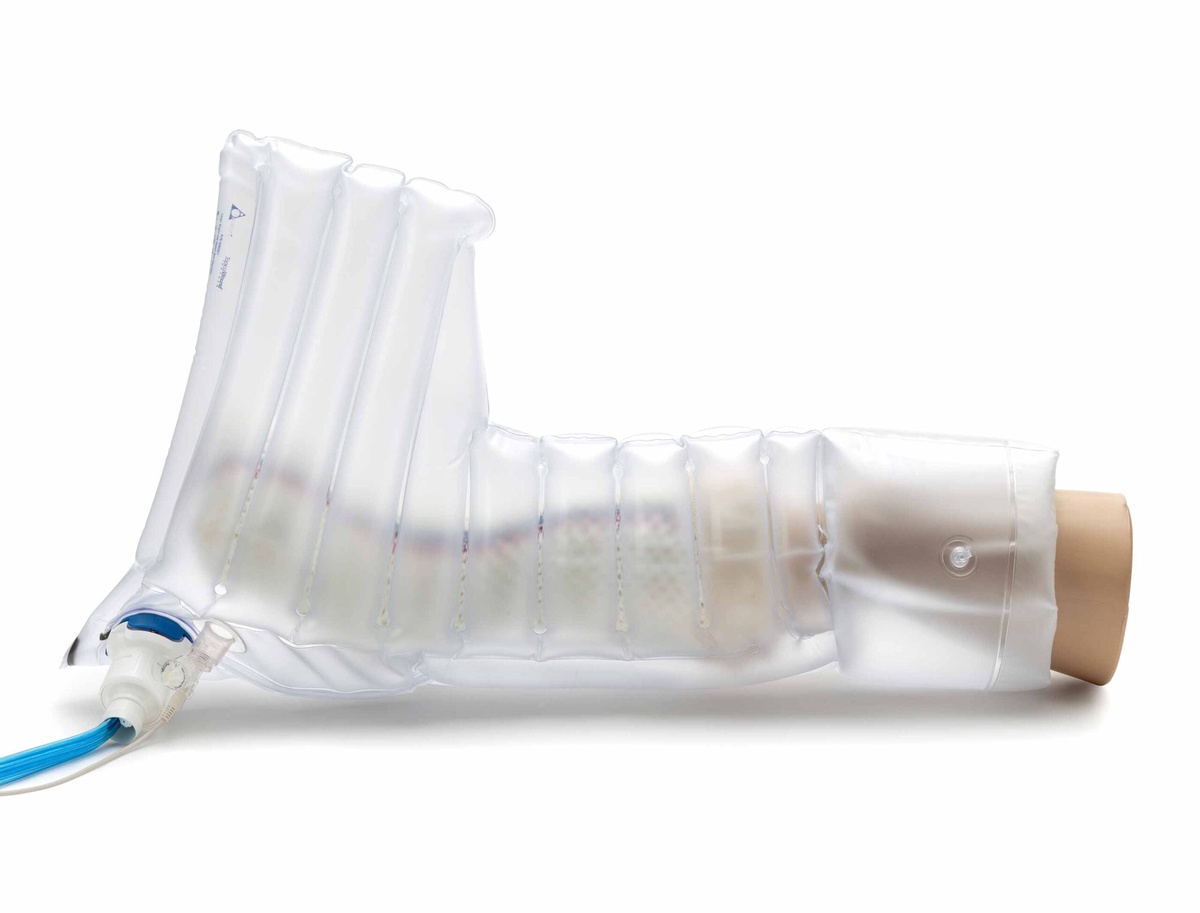Amputation, whether of the toe, limb, or metatarsal, is a significant medical procedure that can profoundly impact an individual's life. While it may be necessary to address various health conditions or injuries, the decision to undergo amputation is never easy. Understanding the causes, procedures, and recovery process associated with toe, limb, and metatarsal amputation is crucial for patients and their families.
Causes:
Toe amputation, limb amputation, and metatarsal amputation can result from a variety of causes, including:
Traumatic injuries: Severe accidents, such as those involving machinery, motor vehicle collisions, or crushing injuries, can necessitate amputation of the affected area.
Peripheral artery disease (PAD): Reduced blood flow to the extremities due to PAD can lead to tissue damage and ultimately require amputation.
Diabetes: Individuals with diabetes are at risk of developing complications such as neuropathy and peripheral vascular disease, which may necessitate toe or limb amputation.
Infection: Severe infections, particularly those that do not respond to antibiotics or progress rapidly, may require surgical removal of the affected tissue to prevent the spread of disease.
Tumors: Cancerous or non-cancerous tumors in the foot or lower limb may require amputation as part of the treatment plan to prevent the spread of cancer or alleviate symptoms.
Procedures:
The procedure for toe amputation, limb amputation, and metatarsal amputation varies depending on the extent of the injury or condition. In general, the steps involved in these surgeries include:
Evaluation: The medical team assesses the patient's overall health, the extent of the injury or condition, and the feasibility of alternative treatments before recommending amputation.
Anesthesia: Patients undergoing amputation receive either general anesthesia, which renders them unconscious during the procedure, or regional anesthesia, which numbs the affected area while allowing the patient to remain awake.
Incision: The surgeon makes an incision at the predetermined site, ensuring that enough tissue is removed to eliminate the source of the problem while preserving as much healthy tissue as possible.
Bone resection: In limb or metatarsal amputation, the surgeon removes the affected bone(s) while maintaining proper alignment for prosthetic fitting.
Closure: Once the necessary tissue and bone have been removed, the surgical site is closed using stitches, staples, or skin flaps.
Post-operative care: Patients undergo monitoring in the recovery room and receive pain management, antibiotics (if necessary), and wound care and rehabilitation instructions.
Recovery:
Recovery from toe amputation, limb amputation, or metatarsal amputation can be challenging both physically and emotionally. The following factors may influence the recovery process:
Pain management: Patients may experience varying degrees of pain following amputation, which can be managed through medication, nerve blocks, and other interventions.
Rehabilitation: Physical therapy is crucial in helping patients regain mobility, strength, and function after amputation. Rehabilitation may include exercises, gait training, and assistive devices such as prosthetics or orthotics.
Psychological support: Coping with limb loss can be emotionally challenging, and patients may benefit from counseling, support groups, and peer mentoring to adjust to their new reality and address feelings of grief, depression, or anxiety.
Prosthetic fitting: For individuals undergoing limb amputation, prosthetic fitting involves customizing a prosthetic device to match the patient's residual limb and meet their specific functional needs. This process may take time and require adjustments to ensure comfort and optimal function.
Follow-up care: Regular appointments with healthcare providers are essential to monitor healing, address complications, and adjust treatment plans as needed.
Conclusion:
Toe amputation, limb amputation, and metatarsal amputation are complex surgical procedures that may be necessary to address various health conditions and injuries. Understanding the causes, methods, and recovery process associated with these surgeries is essential for patients, their families, and healthcare providers. By providing comprehensive care and support, we can help individuals undergoing amputation achieve the best possible outcomes and improve their quality of life.
For more information about metatarsal amputation, switch on Advanced Oxygen Therapy Inc. for the best treatment for diabetic disease or ulcers.


No comments yet